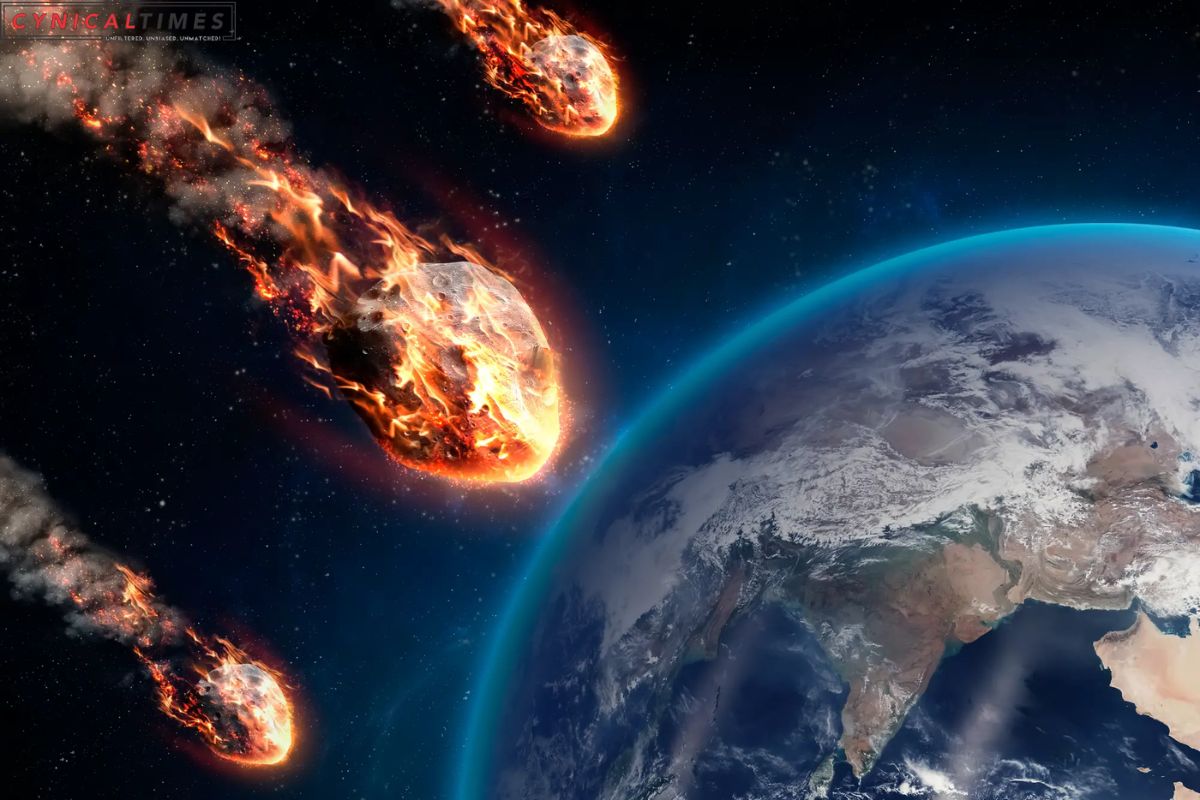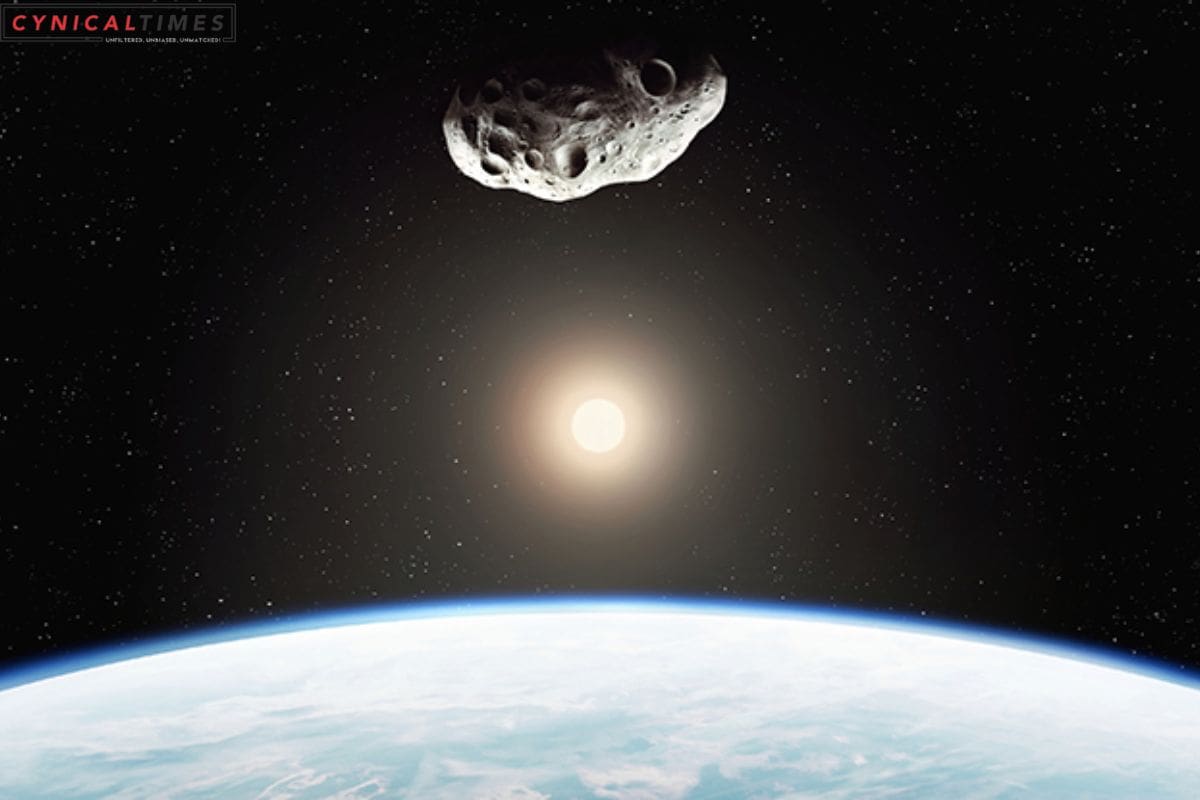Defending Earth from Cosmic Threats: In the summer of this year, Earth had a close encounter with an asteroid, measuring between 30 to 60 meters in diameter, as it passed within a quarter of the distance to the Moon. Fortunately, this celestial visitor posed no danger to our planet, but the potential consequences of a collision would have been devastating, exceeding the impact of the 2013 Chelyabinsk event. What’s concerning is that we only became aware of this asteroid’s presence two days after it had safely passed us by.
This incident highlights a critical issue: the detection of sizable asteroids, while not extinction-level threats, still presents a significant risk to millions of lives. So, the question arises if we were to detect a similar asteroid just days before a potential impact, would we have the means to prevent it? A recent study featured on arXiv delves into this very dilemma.
The study focuses on an asteroid akin to the 2023 NT1 and explores the feasibility of countering it using what they call the “Pulverize It” (PI) method. This might sound like a scene from a Hollywood blockbuster where intrepid heroes save the day by blasting the asteroid at the last moment, but when time is short, it’s often the only option. Redirecting an asteroid is feasible, but it demands substantial lead time to be effective.


Also Read :Heart of an Ancient Enigma: The 380-Million-Year-Old Gogo Fish Discovery
The real question here is whether we can mount a counter-offensive in time, and if such a response would be sufficient to break the asteroid into harmless fragments. Surprisingly, the answer to both questions appears to be yes. Utilizing existing launch technology, we could deploy a defensive rocket within a day, assuming we maintain one on standby. The proposed approach involves a combination of kinetic and explosive impactors. The rocket would release a cluster of impactors traveling at high speed toward the asteroid, causing it to shatter into fragments, each no larger than 10 meters across. Hypervelocity simulations confirm the effectiveness of this method, even if the asteroid were fragmented mere hours before an Earth impact. In such a scenario, the resulting debris cloud would pose minimal risk to us.
However, it’s crucial to note that this proposal is still in the realm of proof of concept. We currently lack the necessary rockets and impactor systems for immediate deployment. The technology to build a planetary defense rocket exists, but the real question is whether we possess the will to develop and implement such a system in time to safeguard our planet should an imminent asteroid threat be detected.
Our Reader’s Queries
Can we defend Earth from asteroids?
Preventing asteroids from colliding with Earth is possible, but the first step is to locate them. The earlier we detect a potentially dangerous NEO, the greater the chances of averting a collision. Planetary defense strategies primarily concentrate on asteroids, as the likelihood of a comet impact is only 1% compared to that of an asteroid impact. By prioritizing the search for asteroids, we can increase our chances of protecting our planet from catastrophic events.
Is there defense against asteroids?
In the year 2022, the most efficient way to deflect an asteroid does not involve nuclear technology. The preferred method is a kinetic impactor that redirects the asteroid. This approach has shown great potential in the NASA DART Mission.
Who protects Earth from asteroids?
Jupiter, the largest planet in our solar system, has a surprising role as Earth’s protector. Its powerful gravitational pull is thought to shield us from potential asteroid and comet impacts. This means that Jupiter acts as a sort of cosmic bodyguard, keeping our planet safe from harm. It’s fascinating to think about the ways in which the planets in our solar system interact and affect one another, and Jupiter’s protective role is just one example of this complex interplay.
What are the 3 main ways that NASA could potentially stop an asteroid from hitting Earth?
One way to alter an asteroid’s trajectory is by using a non-destructive projectile or a high-mass spacecraft to tug it into a new orbit. Another option is to use a high-power laser or a nearby nuclear explosion to ablate the asteroid’s surface. Alternatively, small rockets can be placed on the asteroid’s surface to achieve the desired change in trajectory.

